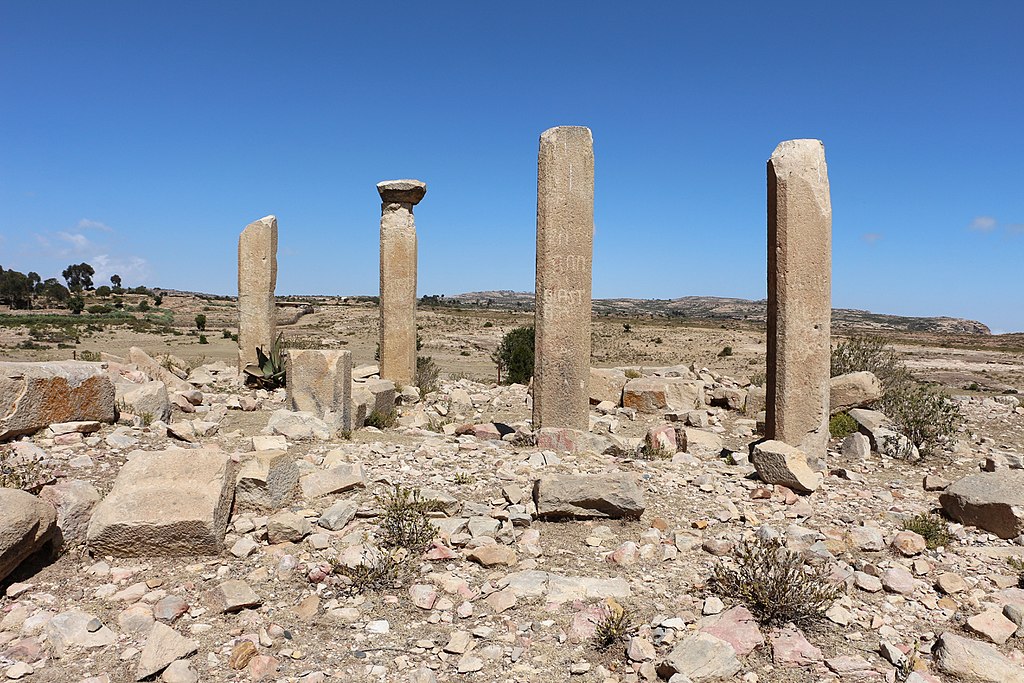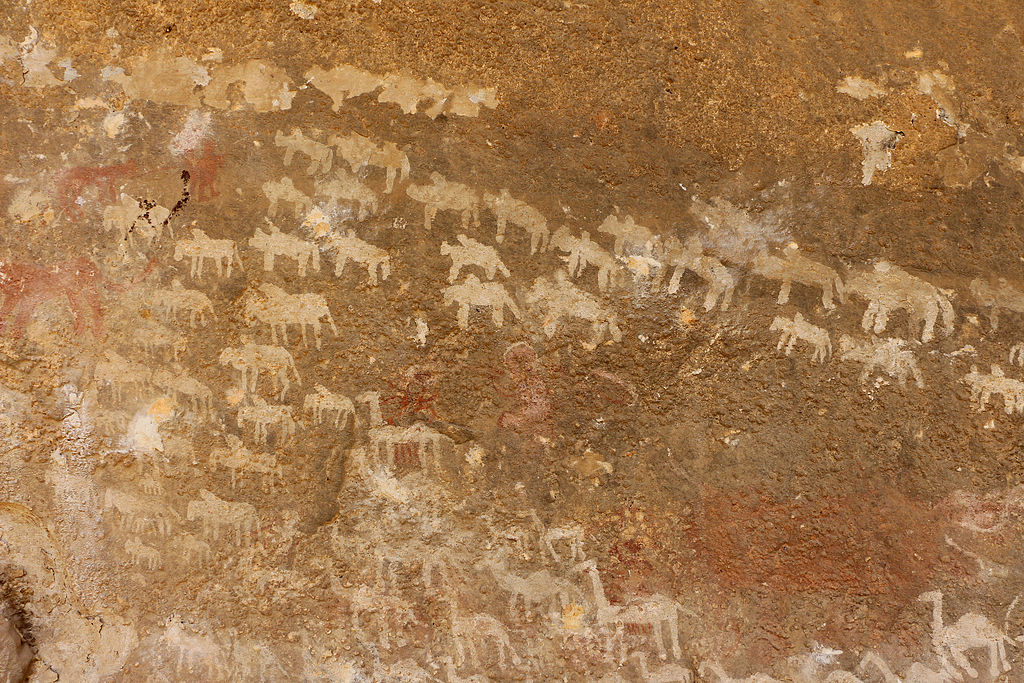Qohaito
- Qohaito, also known as Kohaito,قوحيتو was an ancient city in the southern Debub region of Eritrea. It was a pre-Aksumite settlement that thrived during the Aksumite period. The town was located over 2,500 meters above sea level, on a high plateau at the edge of the Great Rift Valley.
- As of 2011, Qohaito's stone ruins have yet to be excavated. The ancient port city of Adulis lies directly to the east.
- Rock art near Qohaito appears to indicate habitation in the area since the fifth millennium BC, while the town is known to have survived to the sixth century AD. Mount Emba Soira, Eritrea's highest mountain, lies near the site, as does a small successor village.
- Qohaito is often identified as the town Koloe described in the Periplus of the Erythraean Sea, a Greco-Roman document dated to the end of the first century AD. The settlement thrived as a stop on the trade route between Adulis and Aksum.
- It is thought that crops were interspersed with buildings in the town. These old edifices included the pre-Christian Temple of Mariam Wakino and the Sahira Dam, which might also be pre-Aksumite.
- The ruins at Qohaito were first located in 1868. However, they were at the time erroneously identified as a "Greek depot". A related site outside of Senafe, Matara, lies about 15 kilometers to the south, and was excavated in the 1960s.
Read more: https://en.wikipedia.org/wiki/Qohaito
QOHAITO
Here one can find a number of desolated buildings; the crops were interspersed with buildings in the town, ruined buildings including the pre-Christian Temple of Mariam Wakino and the Sahira Dam (which may be pre-Aksumite). Plus the city is built with complex buildings that make it obvious that it couldn’t be just a village but part of an empire. There are dozens of ancient archaeological complexes varying generally in structure, size and depth. There are also many erected pillars or temples on platforms dispersed widely throughout the plateau. And the sites contain many large mounds, elaborate monumental architecture, and cistern (such as features and one large ancient dam and water reservoir basin).
This page uses materials from Wikipedia available in the references. It is released under the Creative Commons Attribution-Share-Alike License 3.0.
References

